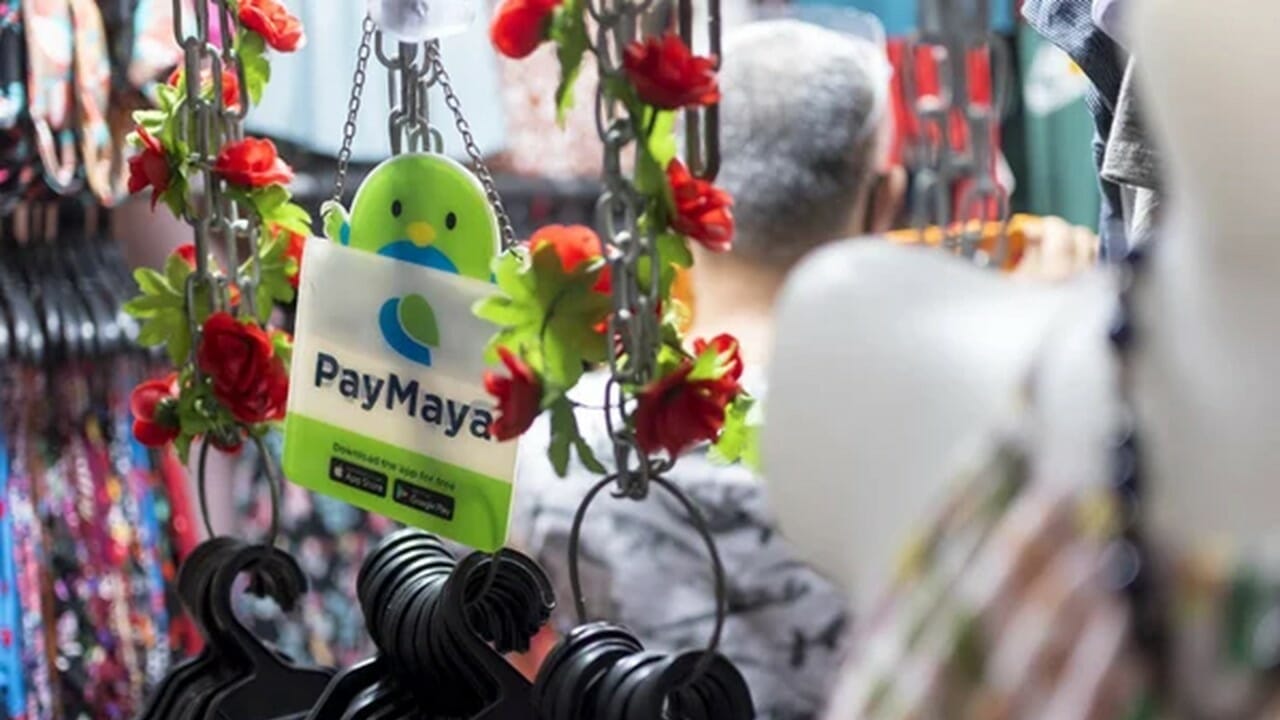As an engineer, you will work on numerous projects throughout your life. These can be big or small-scale things, but most of them will involve similar processes. For instance, at some point, you will need to think about material selection for the project. This refers to the materials you choose to create whatever structure or product you’re engineering.
Naturally, there will be multiple things to consider when selecting the materials. Keeping that in mind, let’s shine a light on the three most important things to think about before making a selection:
Durability & Practicality
This technically covers two things, but they somewhat relate to one another. You need to choose materials that are durable enough to withstand whatever it is your project will be used for. At the same time, it needs a good level of practicality to do whatever is required.
For example, imagine you work in the aerospace sector and are engineering parts for a plane. You need to use materials that can deal with the high pressures experienced at altitude and stand up to extremely cold temperatures and other elements. Not only that, but the material needs to be able to fit the plane’s structural requirements with regard to weight and flexibility.
The same goes for other engineering products: there must be a balance between long-term durability and practicality.

Production Costs
The cost of materials will always be one of the biggest concerns on your mind. This is particularly true for projects that need to come in under a certain budget. As an example, you’re working in the auto industry and are making new elements for a car. It’s a consumer vehicle, so it has to come in below a certain price point, allowing the manufacturer to sell it for a profit.
Therefore, you have to take into account the cost of producing specific materials. There’s a fine balance here as you need a material that’s durable & practical but also fits your budget.
Environmental Impact
These days, the environmental impact of materials is more important than ever before. In an ideal world, you want to select materials that either don’t produce many carbon fumes during production or can be recycled/reused after. This is why things like metal are widely used in numerous engineering products. You have companies like Norstar that can recycle scrap metal, greatly reducing its environmental impact.
Scrap metal recycling is collecting, processing, and reusing or reprocessing discarded materials to produce new metal products, like steel building kits. This practice helps conserve natural resources, reduce environmental impacts, and save energy compared to extracting and processing raw metals from ores.
After sorting, the scrap metal is cleaned and processed to remove impurities like paint, coatings, or contaminants. This can involve shredding, cutting, or shearing the metal into smaller pieces to facilitate melting and reshaping. The cleaned scrap metal is then melted in furnaces at high temperatures. Depending on the specific requirements, alloying elements may be added to achieve the desired metal composition. After which, it is cast into various shapes, such as ingots, bars, or sheets. The recycled metal can then be used in the manufacturing of new products. Common items made from recycled metal include construction materials, automobile parts, appliances, cans, and packaging materials.
Scrap metal recycling is more energy-efficient than virgin materials, lowering energy consumption and reducing greenhouse gas emissions. It is also cost-effective, making it appealing to industries requiring significant metal quantities. By reducing waste and minimizing landfill contributions, recycling also helps promote a circular economy, fosters innovation in recycling technologies, generates employment opportunities, and ensures regulatory compliance, making it an essential practice in responsible engineering material selection.
The worst-case scenario is a material that has high energy demands during construction and cannot be recycled at all. In the past, engineers would still use these materials if they ticked other boxes. Nowadays, it’s highly unwise, and you’re probably going to have to look for something else.
As mentioned earlier, there will be many other concerns during the material selection process. Still, these three issues are some of the biggest – and give you a good idea as to what you need to keep in mind. Always be sure you consider everything before choosing a material for a project. You don’t want to make a mistake that compromises the whole thing and sends your team over budget as you frantically try to correct things!












